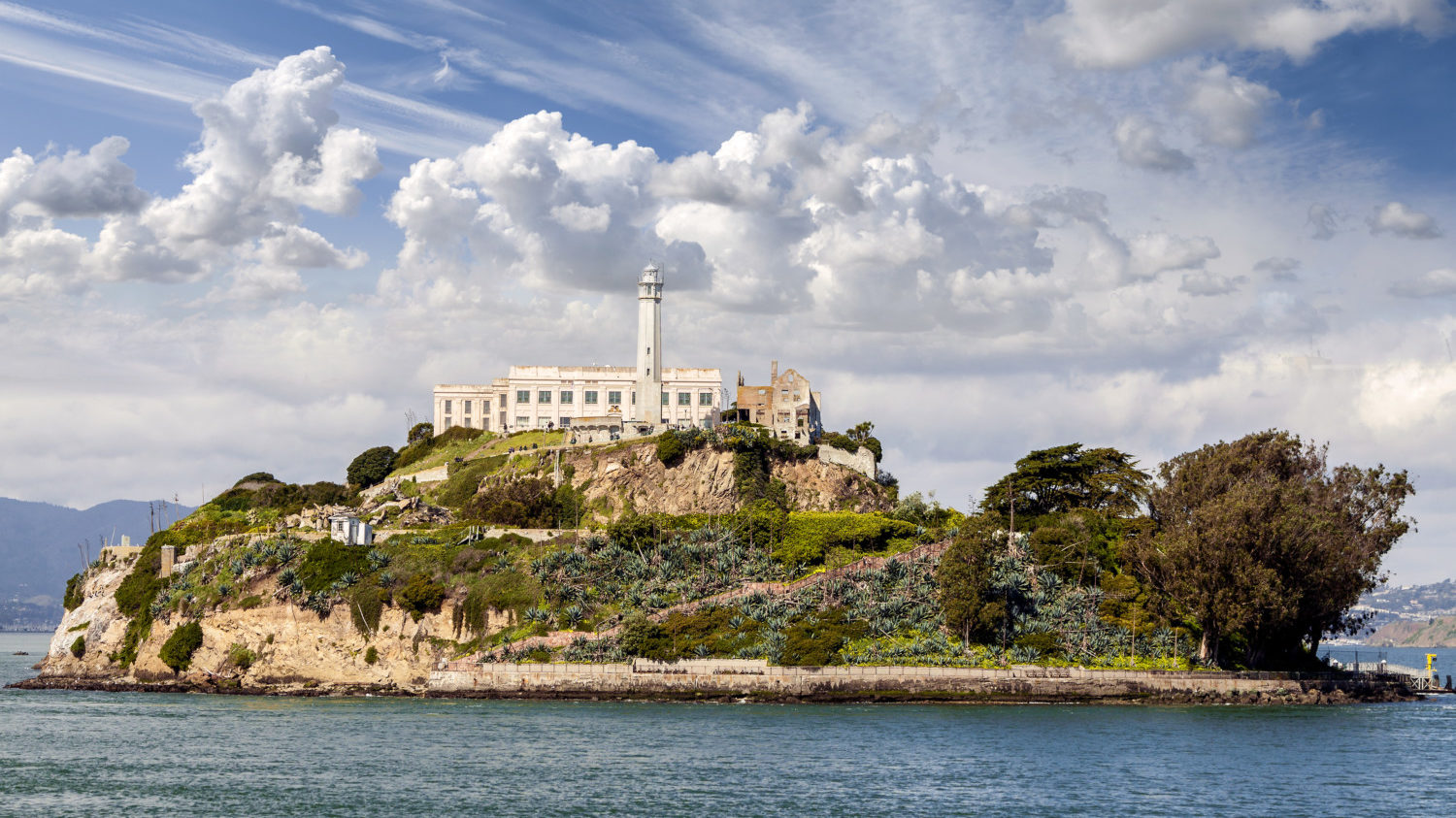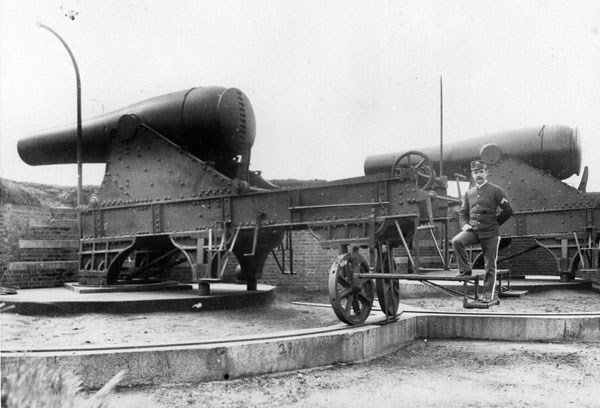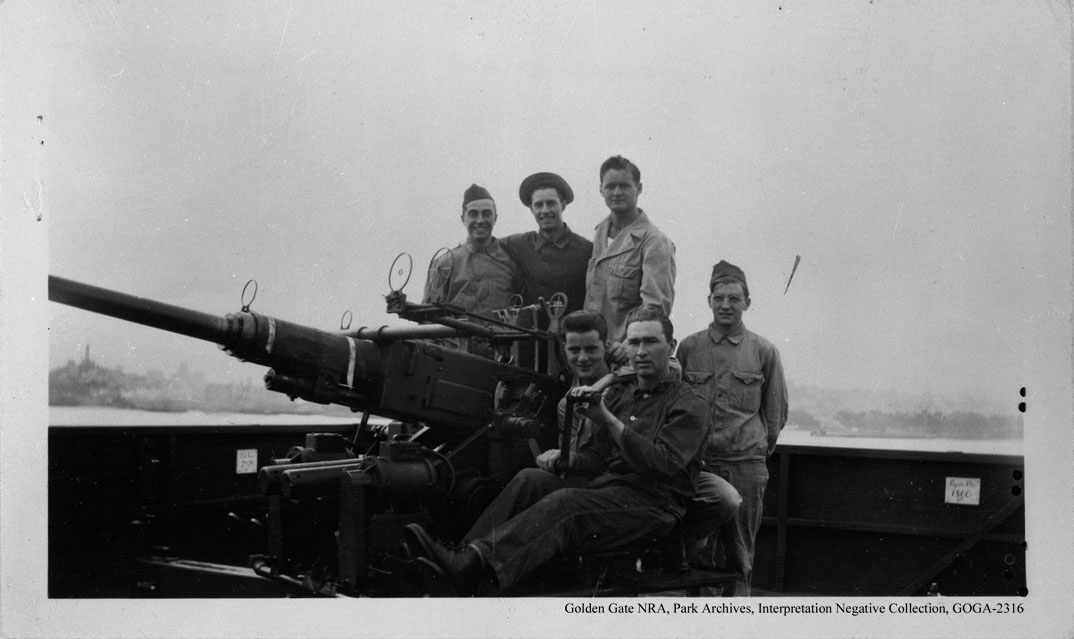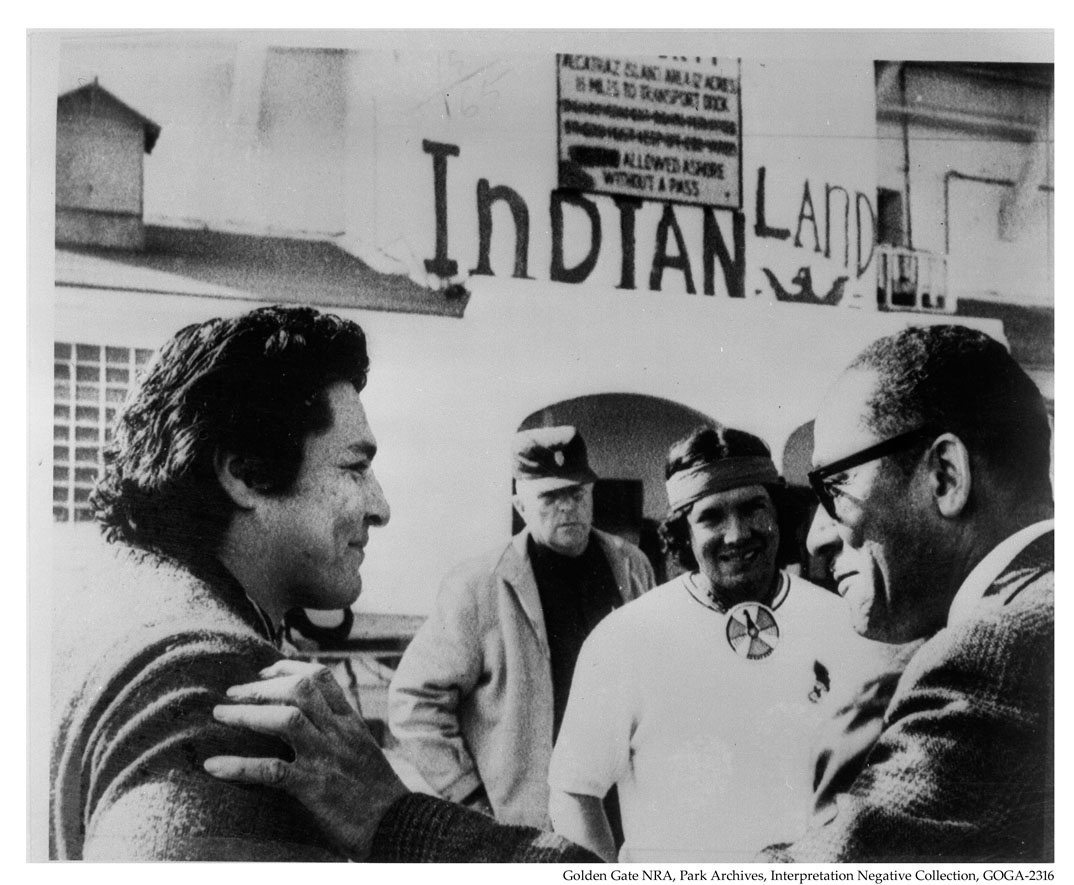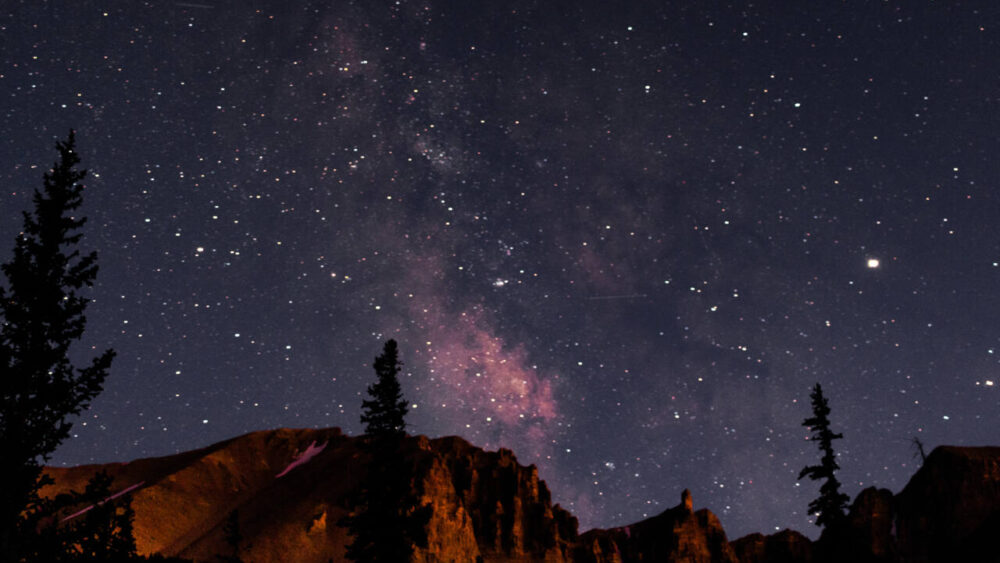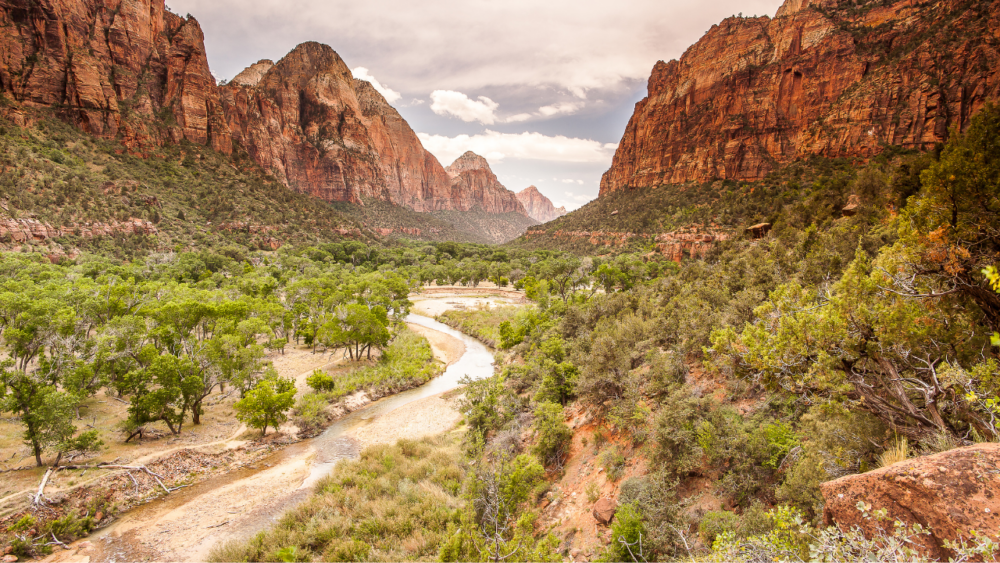Archaeologists found hidden tunnels under Alcatraz prison—and they’re not from escapees
Alcatraz is known first and foremost as a prison. Hollywood has helped drag out this narrative with flicks about what might have been the only successful escape, and a hostage situation with Nicolas Cage and a weirdly neon-green weaponized biological agent.
Most tourists still flock to the island in San Fransisco Bay, not for the birdlife, which is abundant, but to see the famous walls that once held Al Capone, Robert Franklin Stroud and George “Machine Gun” Kelly.
But the headline-grabbing prison breaks are a mere slice of this island’s history. In addition to incarcerating the worst of the worst, Alcatraz was home to the West Coast’s first lighthouse, a major American Indian protest and a small military installation during World War II.
In March, we learned that archaeologists had discovered tunnels underneath the prison on Alcatraz — but they weren’t from potential escapees during the prison era. These tunnels date back to the Civil War.
The discovery of these tunnels, along with buried buildings and ammunition magazines, confirmed the long-held suspicion of historians that the prison was built right on top of an old military fortification. The archaeologists used radar and terrestrial laser scans to examine the ground underneath the 20th-century prison’s recreation yard. (So, no digging “Shawshank Redemption”-style. Or Indiana Jones. OK, I’ll stop with the movie references.)
“This really changes the picture of things,” Timothy de Smet, an archaeologist at Binghamton University, told PBS of his study, which was published in the journal “Near Surface Geophysics.” “These remains are so well preserved, and so close to the surface. They weren’t erased from the island — they’re right beneath your feet.”
The U.S. government first identified the military value of Alcatraces, as the island was then known, in the 1840s. The military began building a fortress there in 1853 and installed 111 cannons encircling the island. Fort Alcatraz became the Pacific Coast’s main military prison in 1861. In addition to incarcerating rebel prisoners, it also served as an Army training ground during the Civil War.
Alcatraz became a U.S. Penitentiary in 1934, but the island was still used for military purposes during World War II. These soldiers are posing with an anti-aircraft gun on the island during the war, looking for Japanese pilots (who never showed up):
In the Fort Alcatraz years, Native people were imprisoned at Alcatraz often, especially in the late 1800s and early 1900s.
A few years after the U.S. Penitentiary closed its doors in 1963, a group of American Indians occupied Alcatraz. Activist Richard Oakes, below at left, was one of the leaders of the Indians of All Tribes that occupied the island for 19 months in 1969-1970, symbolically claiming the island for American Indians:
Alcatraz became part of the National Parks Service in 1972 and earned designation as a National Historic Landmark in 1986. And though the newly discovered tunnels and Civil War-era structures are still tucked safely underground, there’s still a lot to do there aboveground and outdoors.
There was an art display at the prison this summer, the Parks Conservancy tweeted:
The #ArtintheParks exhibition, #FutureIDS at Alcatraz, is prompting visitors to shift their thinking about rehabilitation, reentry, and reintegration. Here are some powerful reactions: https://t.co/dyr78iI4NZ pic.twitter.com/0Ke7KZxmBf
— Parks Conservancy (@parks4all) July 11, 2019
And the park service holds conservation and sustainability programs there:
Happy #CompostingDay!
These volunteers are enrolled in a training program called CompostSMART, and earning graduation certificates. Here they're led by Stephen Andrews of CompostSMART, and Dick Miner of the #GGNPC gardening program.📷:Sarah Anderson, NPS#NPS102 #AmericanGothic pic.twitter.com/gSTM5VhdHE
— Alcatraz Island (@AlcatrazIsland) May 29, 2019
And of course, you can go see Alcatraz’s original inhabitants, who are never confined to the island but seem to really appreciate the space:
They're baaack!
The #SnowyEgrets are returning to the island, scouting for nest sites and entertaining visitors with their notorious squawks and gurgles.
Check for them on the West Road on your next island visit!
📷: Noah Richard, NPS#FindYourPark #NPS102 #Conservation pic.twitter.com/BQSrxV1iIi
— Alcatraz Island (@AlcatrazIsland) April 9, 2019
What an interesting history!


